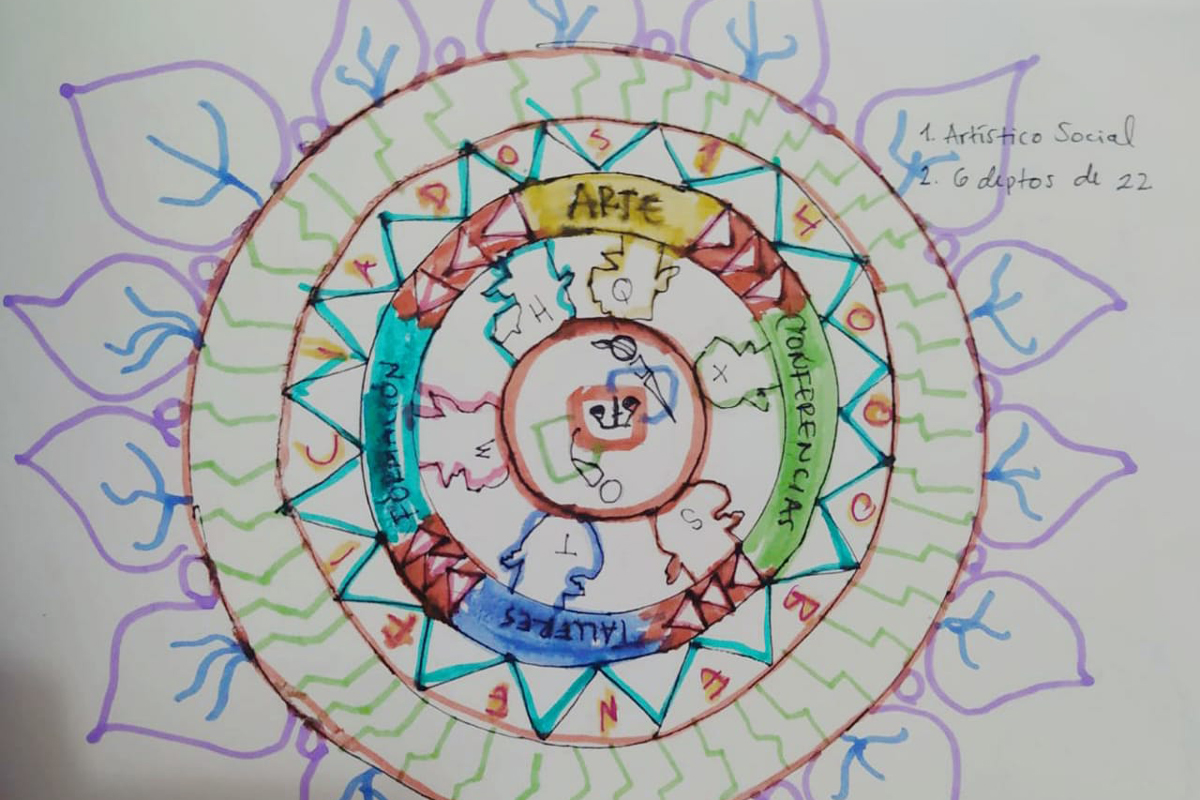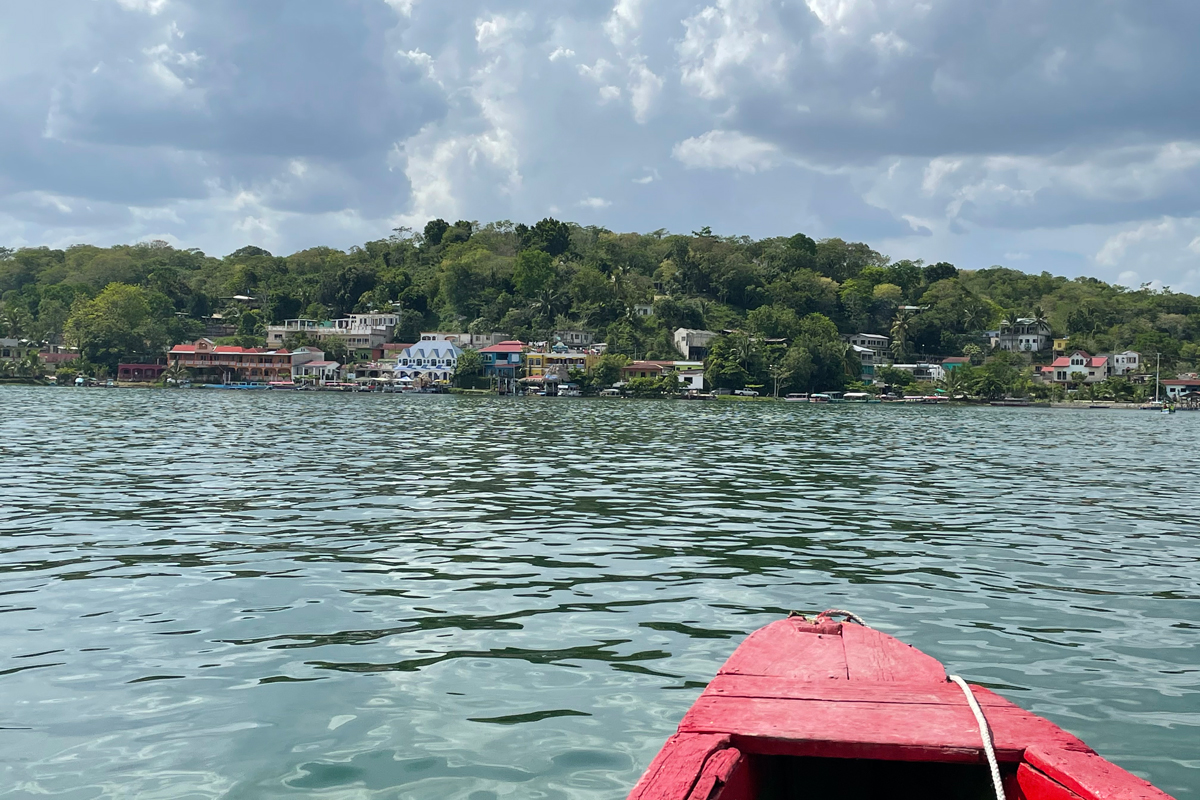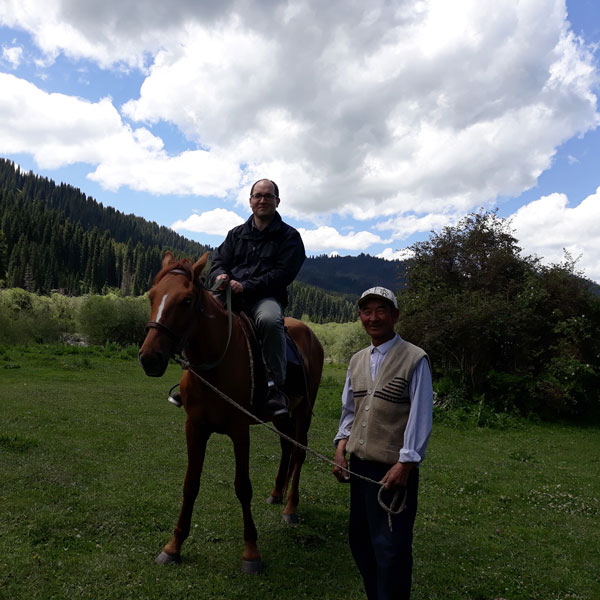This blog is also available in Spanish.
Traveler, there is no path,
The path is made by walking.
Antonio Machado
One of the things that makes GFC unique is the way we find and connect with the community-based organizations that become our partners. In this blog post, Rodrigo Barraza García explains GFC’s approach to scouting.
Our scouting model says a lot about who we are, and it is the first step in our quest to #shiftthepower as we promote the comprehensive wellbeing of children and youth around the world. It is an invaluable opportunity for mutual recognition, setting common goals, and trust building. It is what allows us to walk together with our partners.
But … how do we do it?
I. The search: We do the homework ourselves
At GFC, we recognize that the traditional grant application process – with its onerous paperwork, language barriers (many applications are in English only), and internet connectivity requirements – prevents many deserving organizations from even being considered by funders.
So GFC instead takes the path of close communication and trust. Thanks to the deep ties we cultivate with our partners, international donors, and other local stakeholders, we are always hearing inspiring stories and recommendations.
In the field, we keep our eyes and ears wide open. We promote dialogue with potential allies.
We see. We listen. We learn.
We do the homework ourselves.

Creativity, courage, community impact, and growing leadership by children and youth are the criteria that we value most. Technical or organizational skills can always be improved, but these four elements, not so easy to find, are what excite us.
Following these principles, we find organizations such as Red de Jóvenes Artistas por la Justicia Social (Young Artists Network for Social Justice), which brings together more than 300 young people in six departments of Guatemala. Lacking legal registration, the organization had been unable to access stable international funds.
However, other GFC partners working in Guatemala began to tell us about them. “You should visit them,” they told us. “They are young people who are really making an impact in their communities. They are not afraid to raise their voices.”
A brief glance at their social networks was enough to convince us to approach them. Creativity everywhere. Using drawing, theater, and hip-hop to talk about gender equality, human rights, and environmental protection. Art as creation, expression, and youth-led advocacy.
After a virtual meeting to get to know each other, it was time to meet in person.
2. The visit: By air, by land, and by sea
The GFC team is not afraid to travel to the most inhospitable and remote places to meet future partners.
Taking airplanes, sleeping in buses, traveling on horseback, by motorcycle, and even by boat … we do everything to learn about community organizations that, even with very few resources and little visibility, are changing the world.
We meet in coffee shops, garages, public squares, open spaces. Where the organizations want to, and can, meet. That changes the game.
Organizations know that we are here for them. Willing to meet them. Willing to listen to them. Not to ask them to do what we think is important, but to support them on their own terms.
Interest and respect build trust.
Having coffee with the young staff from Red de Jóvenes Artistas in Guatemala City, I listened as Kimberly Barrios, Coordinator for the Metropolitan Area, explained the essence of her organization:
“We are all young and volunteers. We want our voices to be heard and our ideas respected. We don’t want to be used or told what to do. We want donors to trust us, because we believe that every young person who seeks to improve their life and that of their community is an artist and deserves to be heard. We are not going to change who we are and what we believe in just to receive funding. For us, it is more important to be true to who we are.”
Music to our ears.
Then they explained their project to do theater with local authorities, not to present a finished piece and get their opinion, but to integrate them into the creative process to motivate reflection and intergenerational dialogue. So that, at least for a moment, they would feel “in the flesh” what a young person feels every day.
The emotion and love with which they explained their work was contagious. At GFC, we thought it would be a privilege to support them.

3. Recognition: We all learn, we all teach
Finding a new partner is just the beginning of our relationship, our working model. “It’s too good to be true” is what we often hear from our partners.
We support organizations, not projects. Growth and development, not scattered activities. We honor mistakes, changes of opinion, risky ideas.
That is why our support is flexible and multiyear. That is why monitoring and evaluation are participatory.
We work to eliminate deep-rooted power dynamics, like organizations believing that they have to ask us for permission for the decisions they make.
Can we use the money on this? Can we make changes to the budget? Can we adjust our strategy?
The answer is always the same: It is your decision. You are the experts.
This does not prevent dialogue and learning. We love to challenge our partners. Ask them questions. We all learn, and we all teach.
This is how Red de Jóvenes Artistas expresses it: “GFC is different. We had to say no to some possible supporters because we felt like they were a bunch of adults telling us how to do our job. But you listen and trust us. This motivates us to grow and show that we can still do much more for our communities.”
Every day, we are fortunate to observe how our model changes lives and enhances efforts, programs, and initiatives. Every day, we learn from the courageous efforts of our partners.
Creating paths by walking.
Header photo: Programs Manager Rodrigo Barraza visiting Kimberly Barrios and Anthony Gomez, young members of Red de Jovenes Artistas por la Justicia Social, in Guatemala City, Guatemala. © GFC



